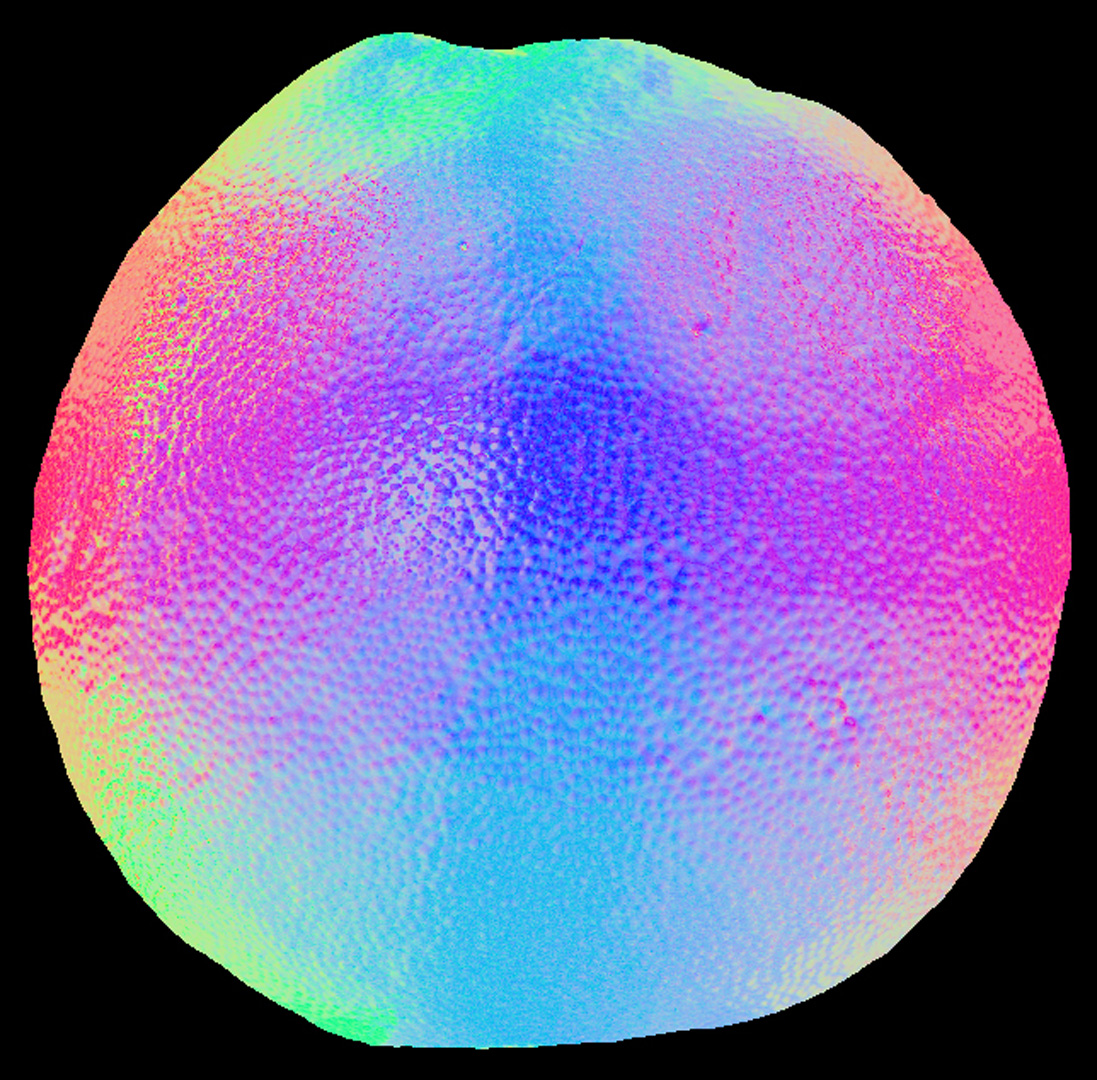“Estimating specular roughness from polarized second order spherical gradient illumination”
Conference:
Title:
- Estimating specular roughness from polarized second order spherical gradient illumination
Session/Category Title: Capture and Display
Presenter(s)/Author(s):
Abstract:
Measurement of spatially varying BRDFs of real world materials has been an active area of research in computer graphics with image-based measurements being the preferred approach in practice. In order to restrict the total number of measurements, existing techniques typically trade spatial variation for angular variation of the surface BRDF [Marschner et al. 1999]. Recently, Ma et al. [2007] introduced a technique for estimating high quality specular normals and albedo (Fig. 1, (a) & (b) respectively) of a specular object using polarized first order spherical gradient illumination conditions. In this work, we extend this technique to estimate per pixel specular roughness using polarized second order spherical gradients as a measure of the variance about the mean (reflection vector). We demonstrate that for isotropic BRDFs, only three spherical gradient illumination patterns related to the second order spherical harmonics are sufficient for a robust estimate of per pixel specular roughness (Fig. 1, (c)). Thus, we go further than previous work on image-based measurement of specular BRDFs that typically obtain sparse estimates of the spatial variation. Our technique also provides a direct estimate of the per pixel specular roughness and hence has the added advantage of not requiring any off-line numerical optimization that is typical of the measure and fit approach to BRDF modeling.
References:
1. Ma, W.-C., Hawkins, T., Peers, P., Chabert, C.-F., Weiss, M., and Debevec, P. 2007. Rapid acquisition of specular and diffuse normal maps from polarized spherical gradient illumination. In Rendering Techniques, 183–194.
2. Marschner, S. R., Westin, S. H., Lafortune, E. P. F., Torrance, K. E., and Greenberg, D. P. 1999. Image-based BRDF measurement including human skin. In Eurographics Rendering Workshop 1999.





